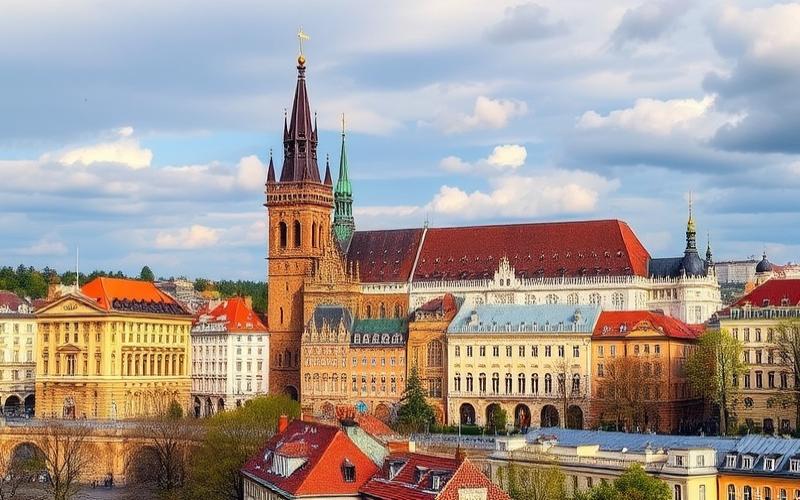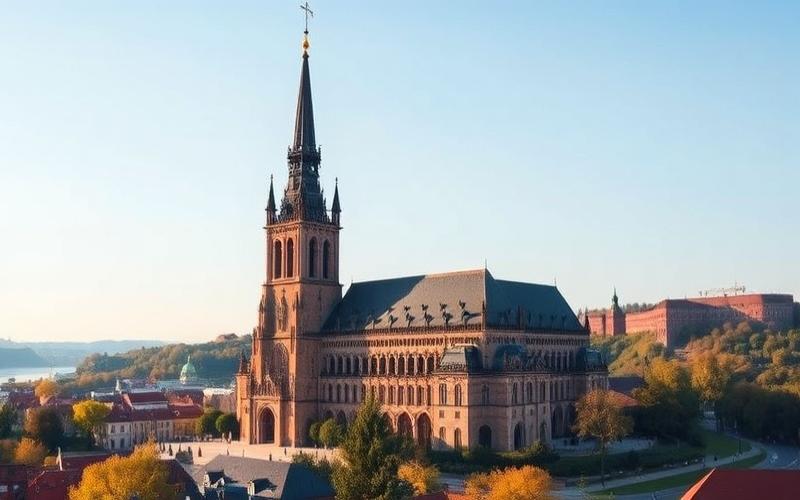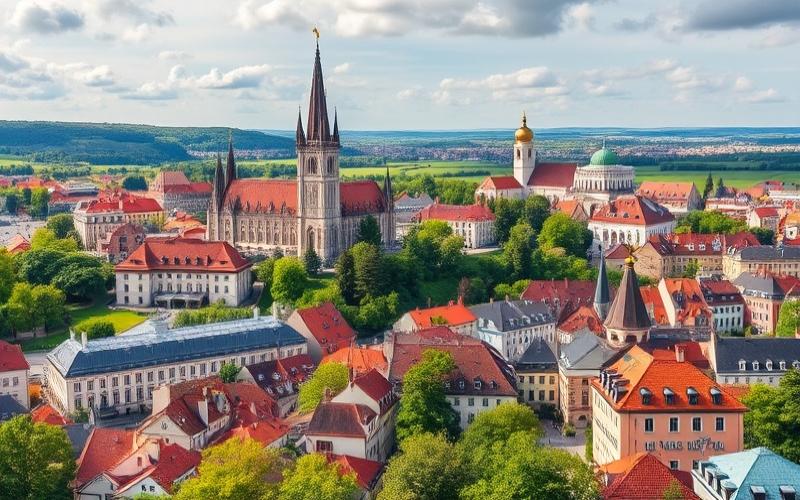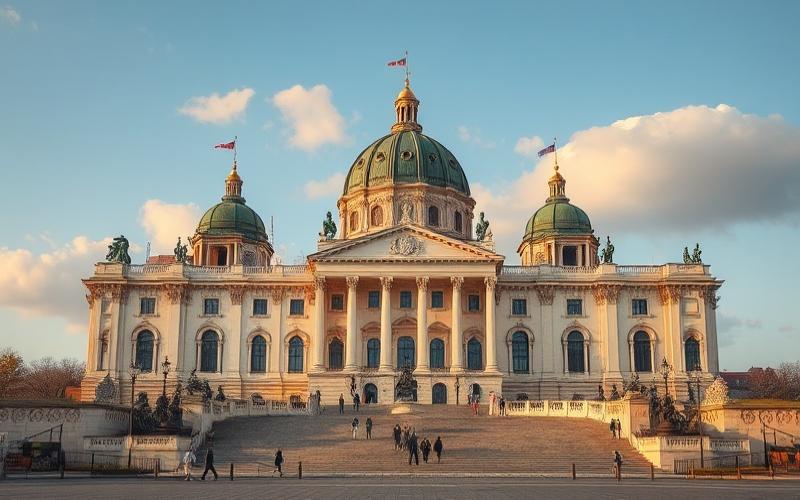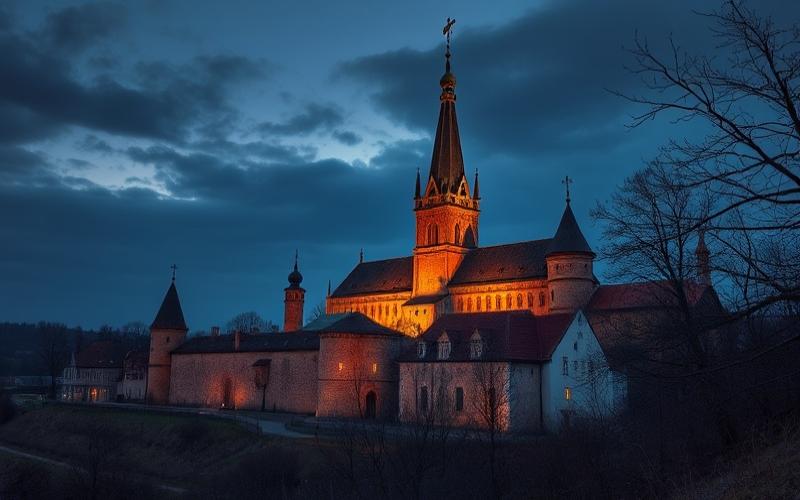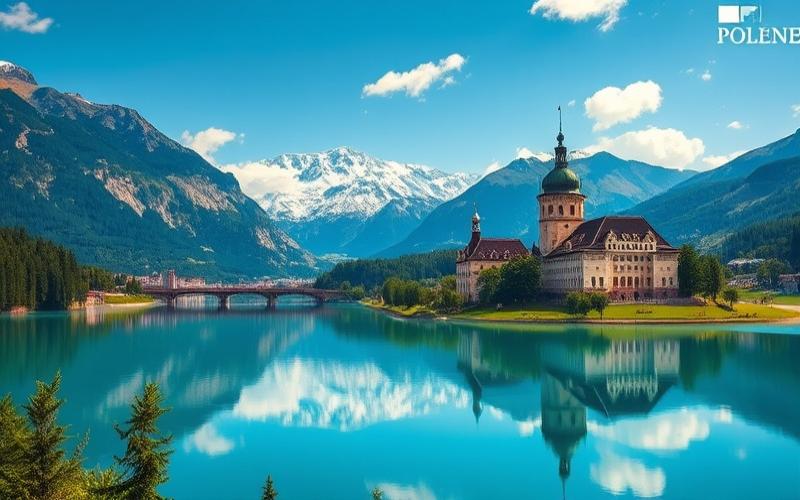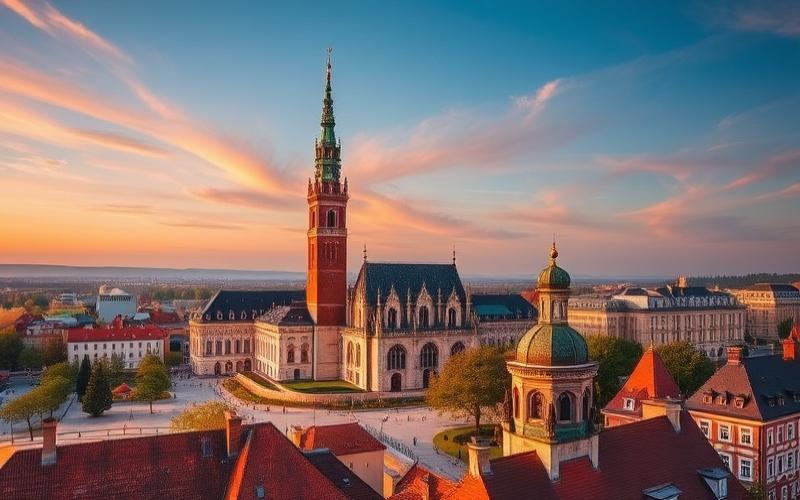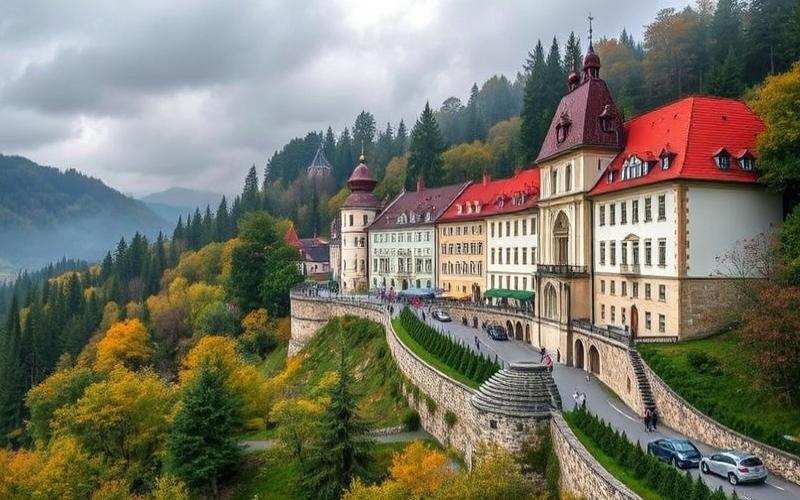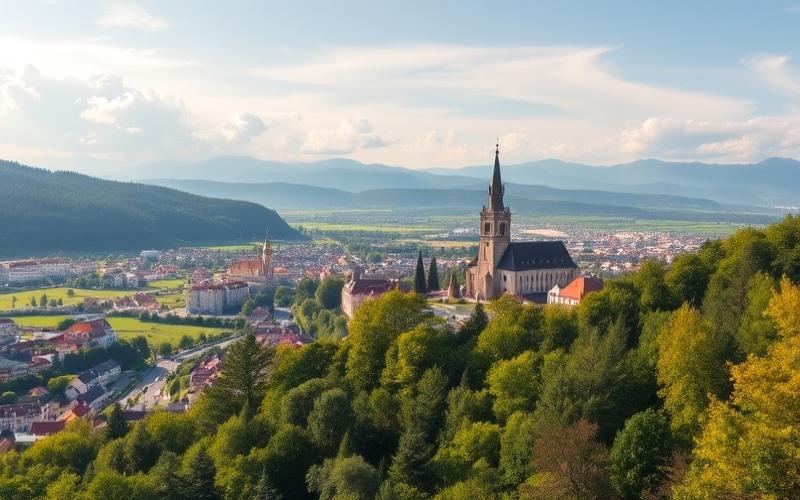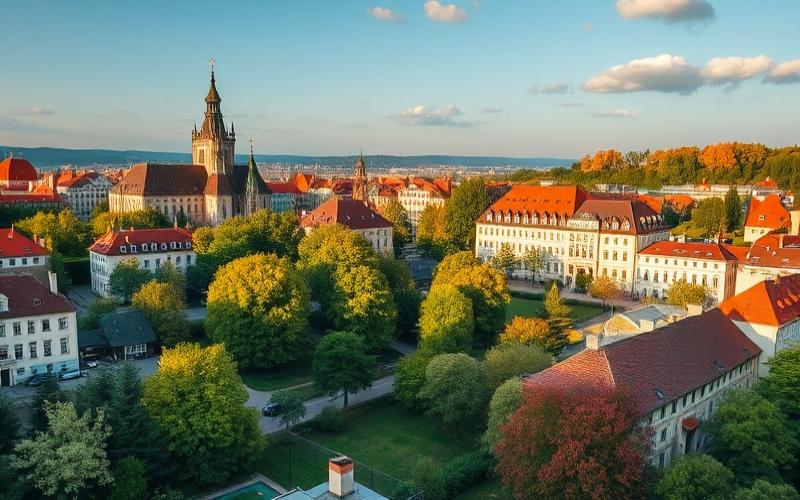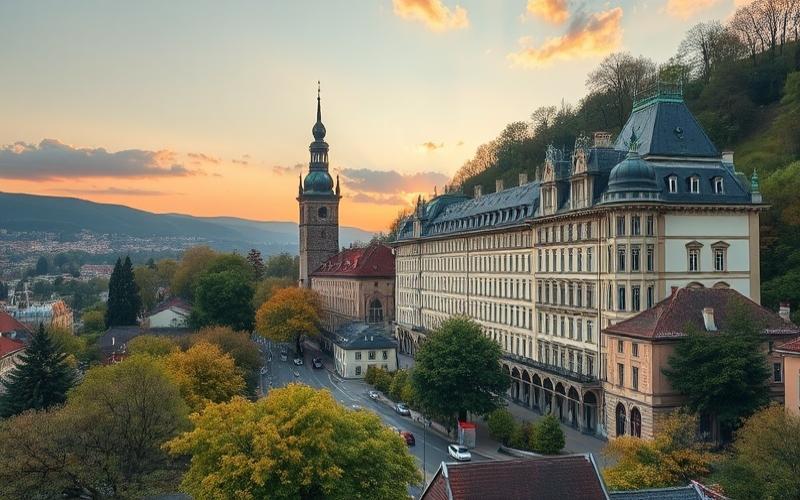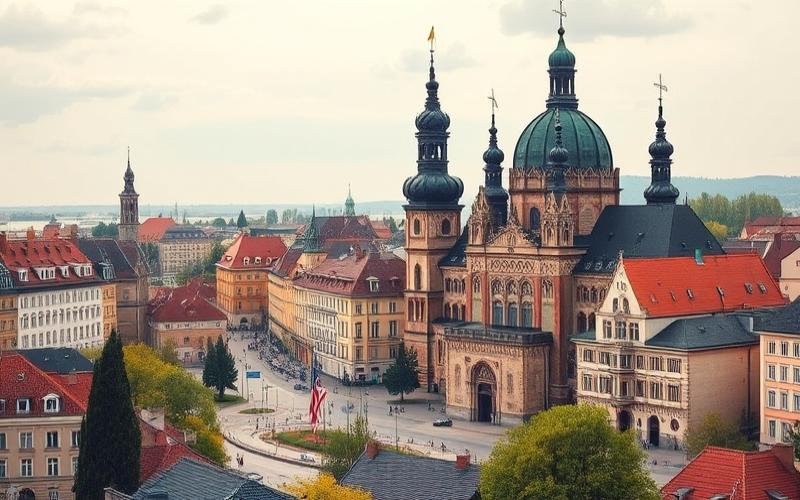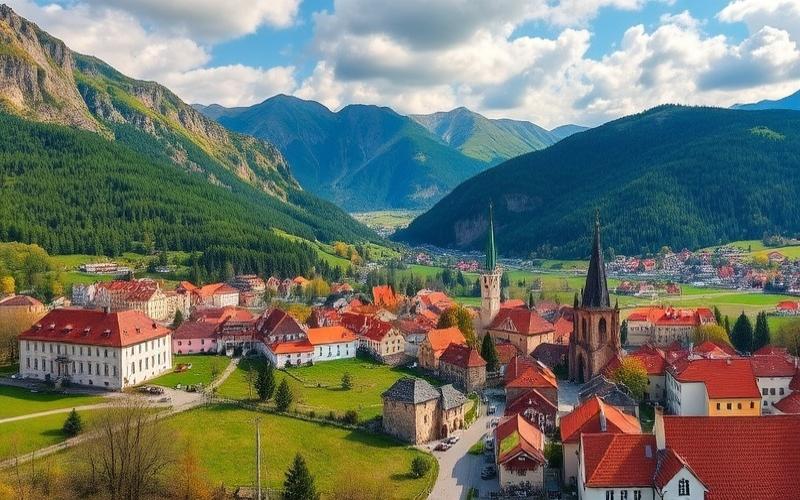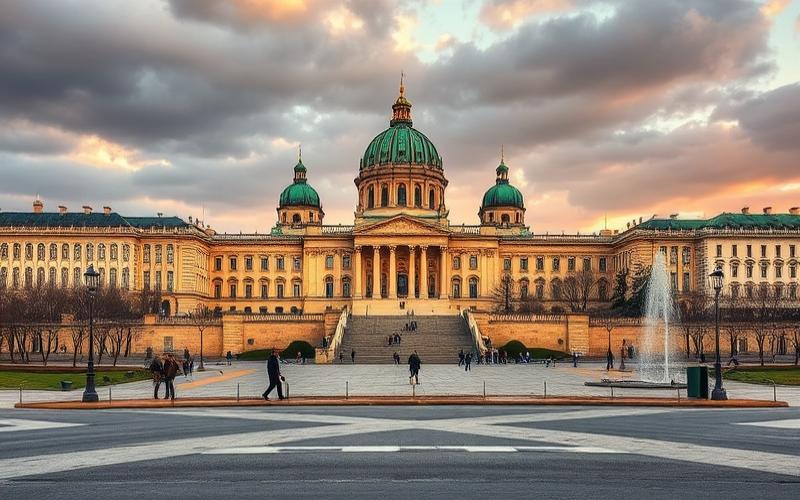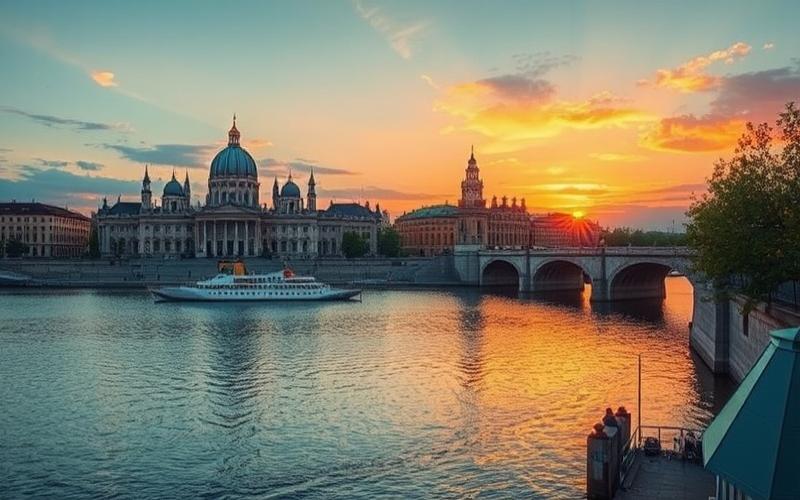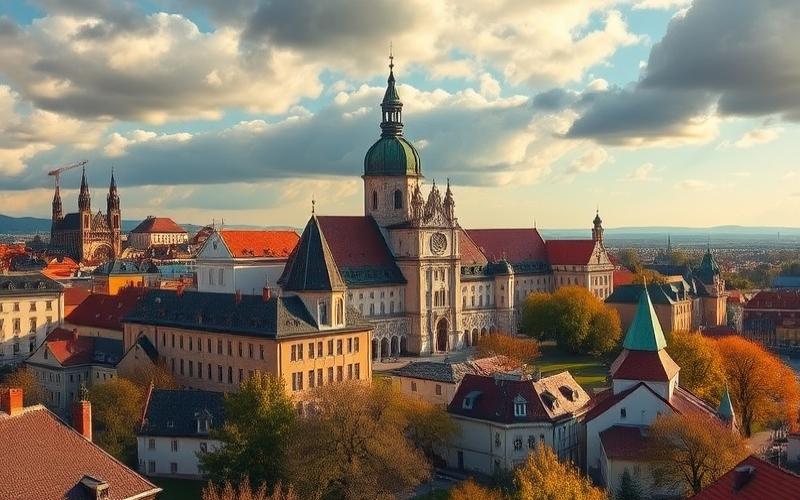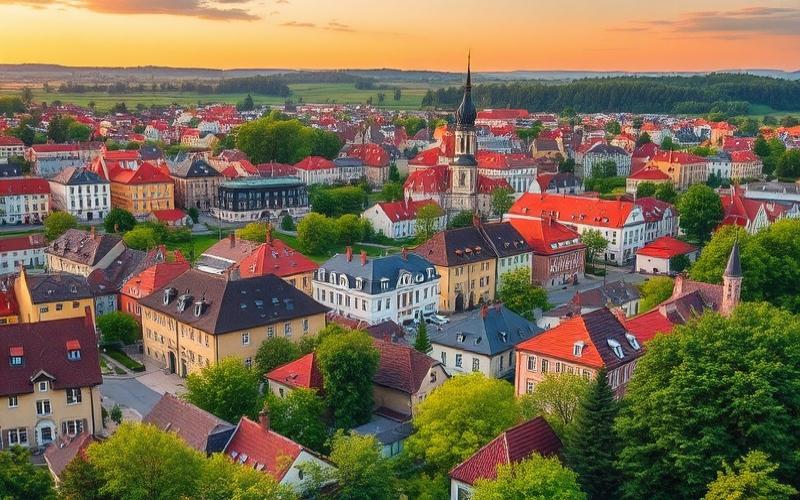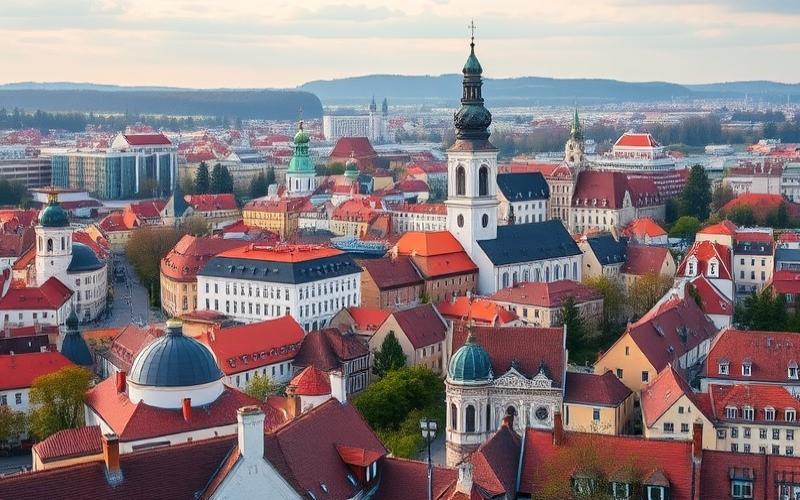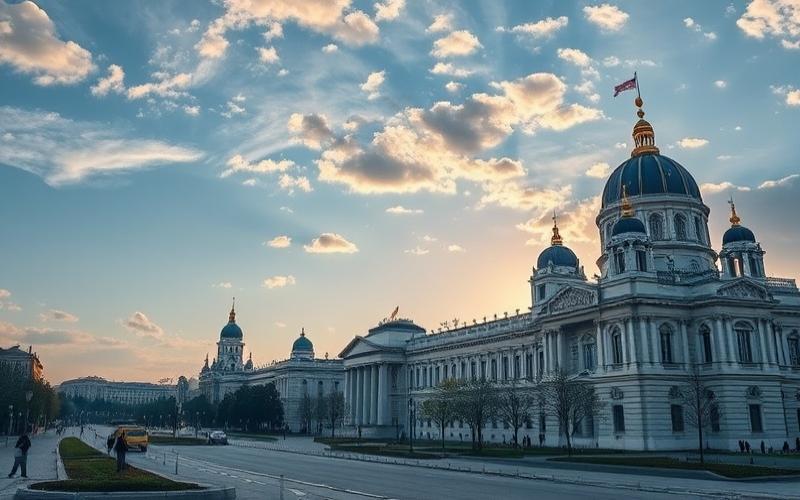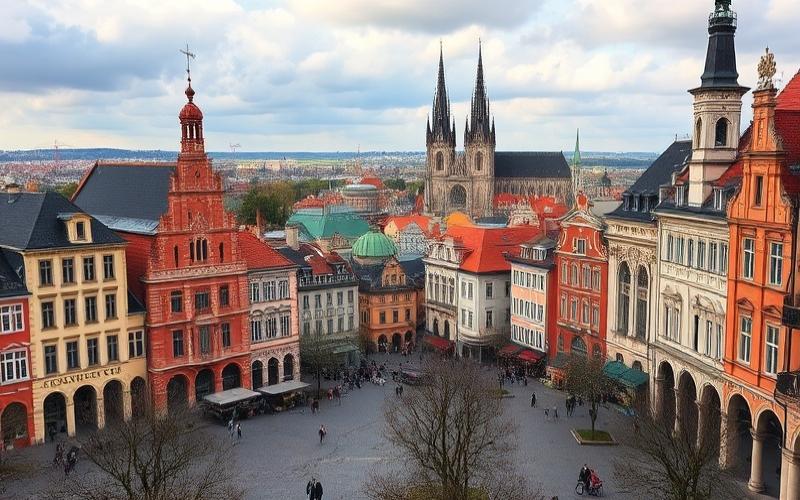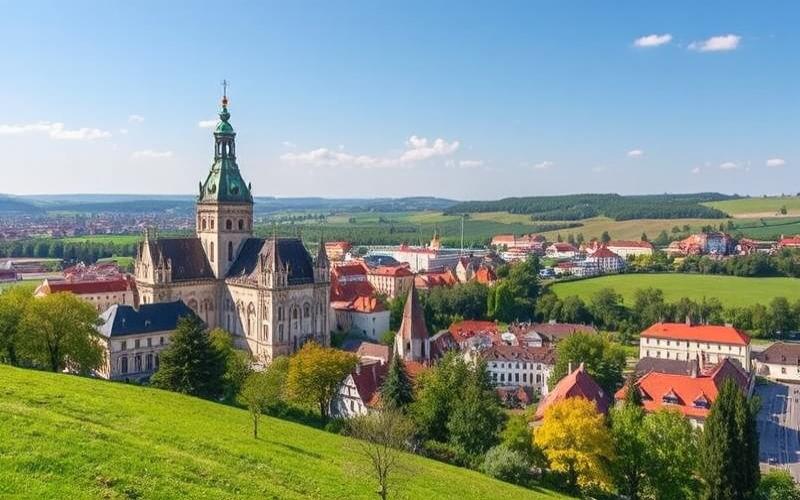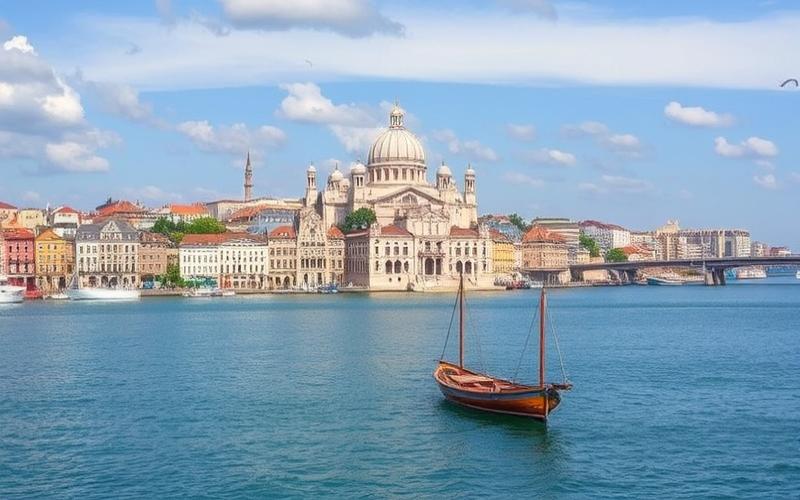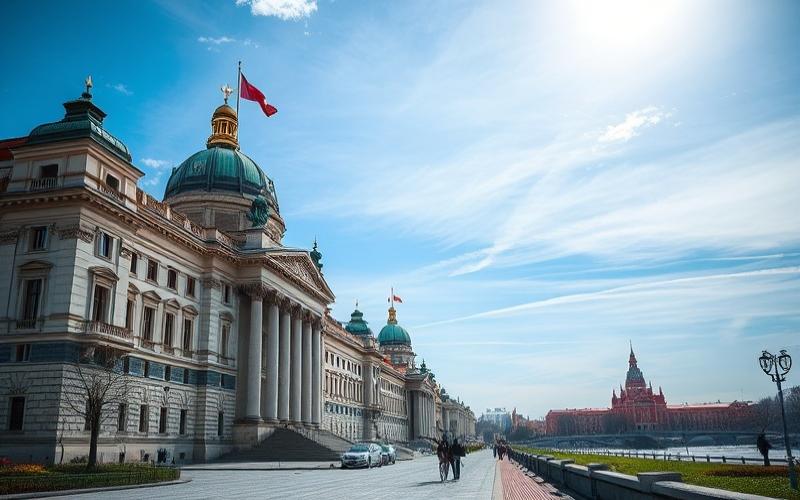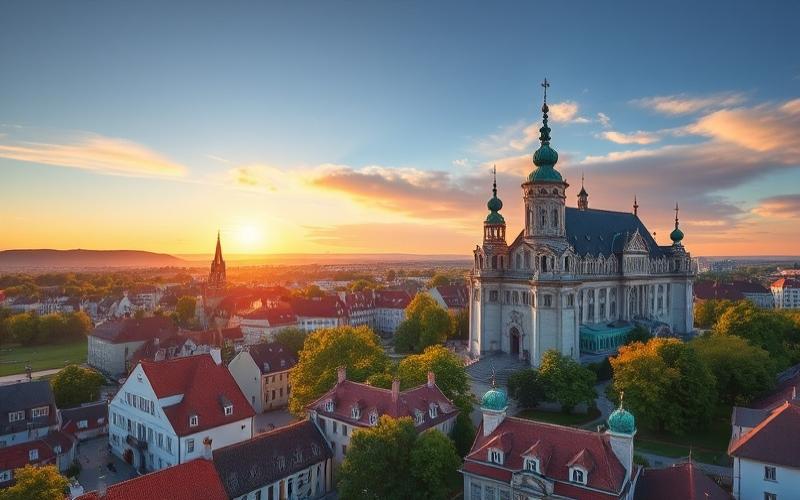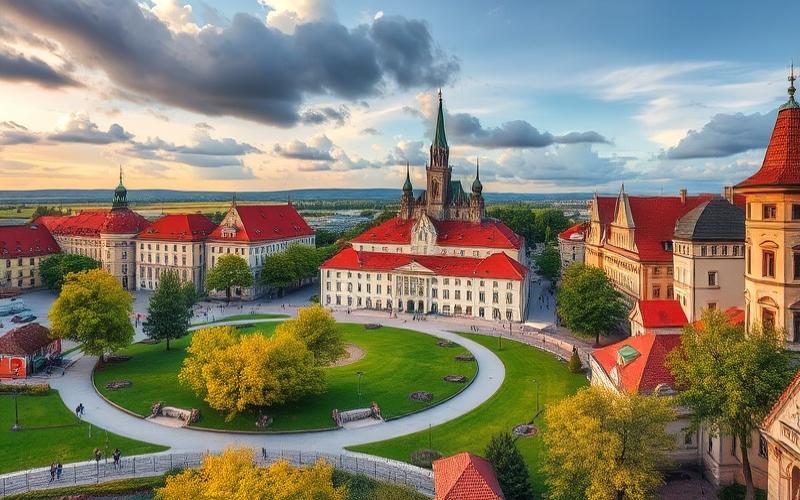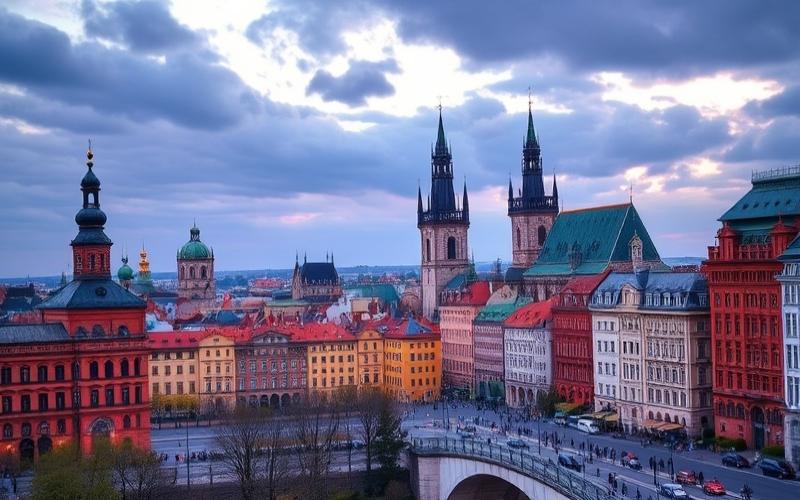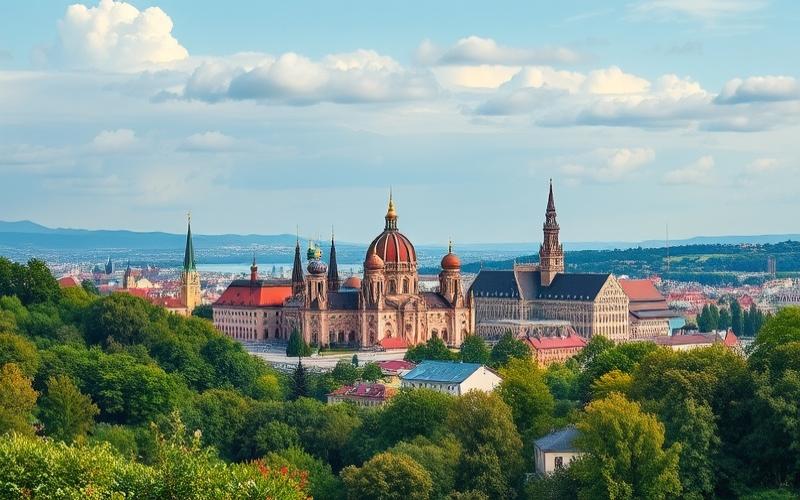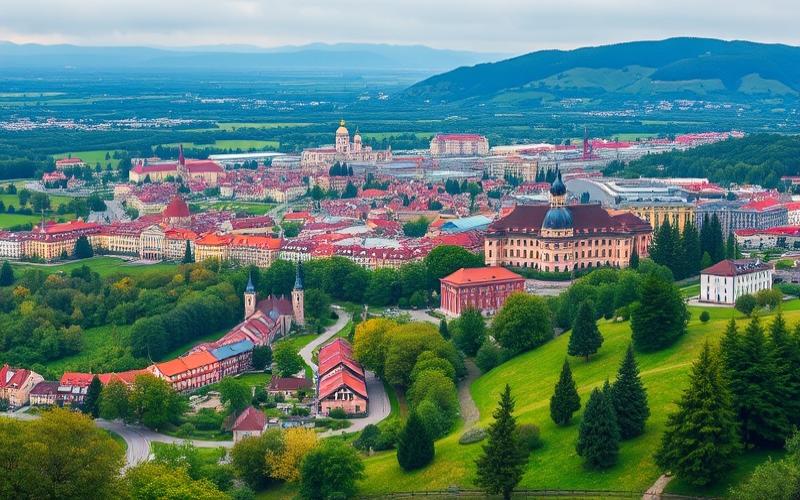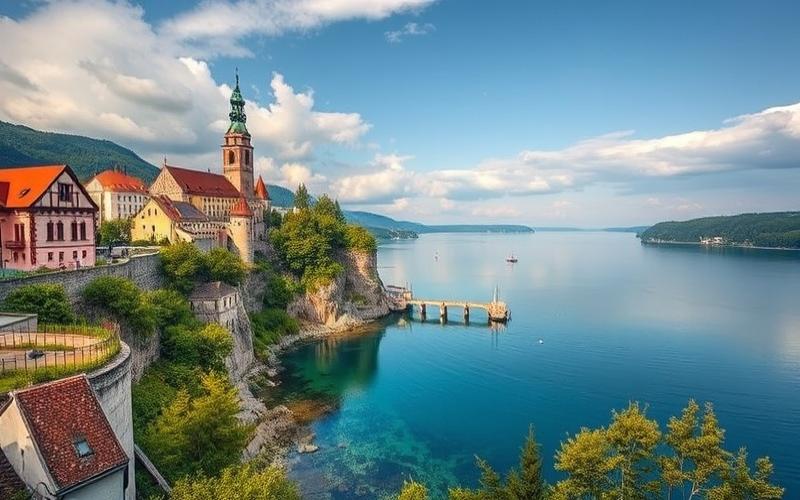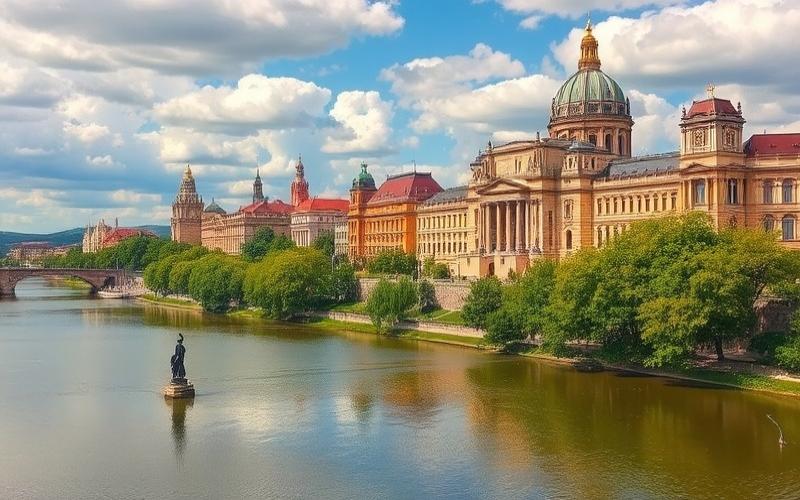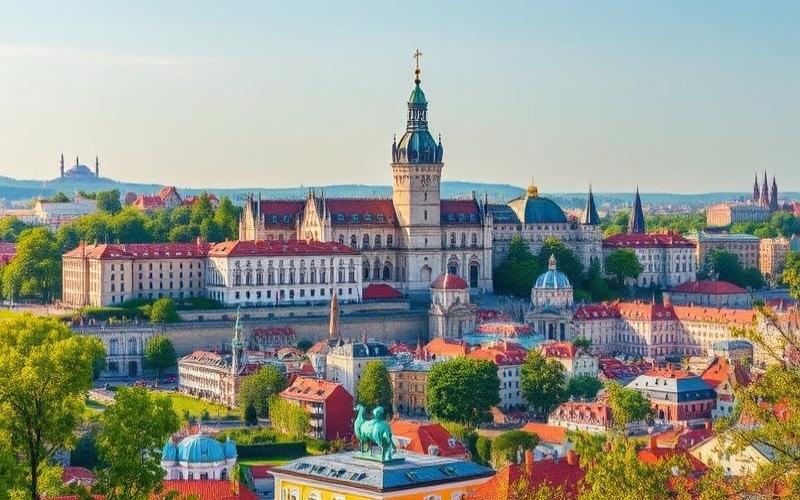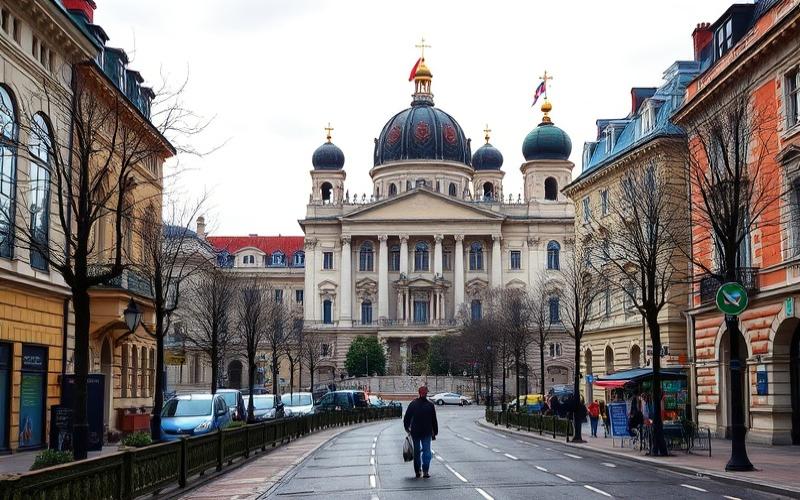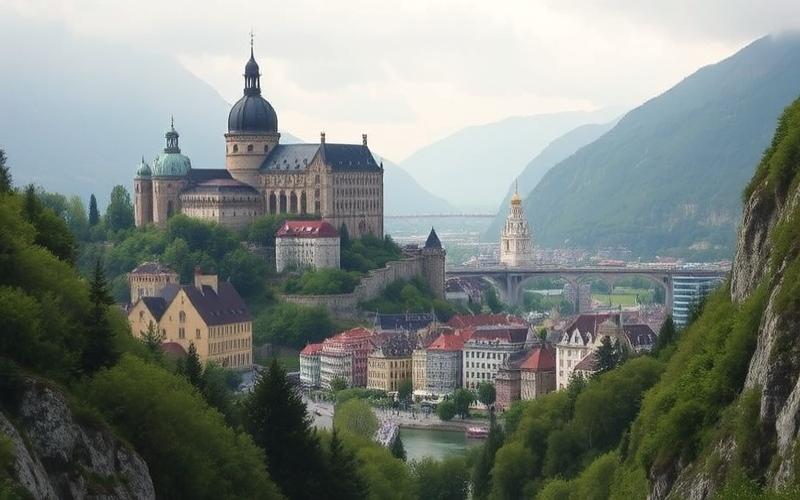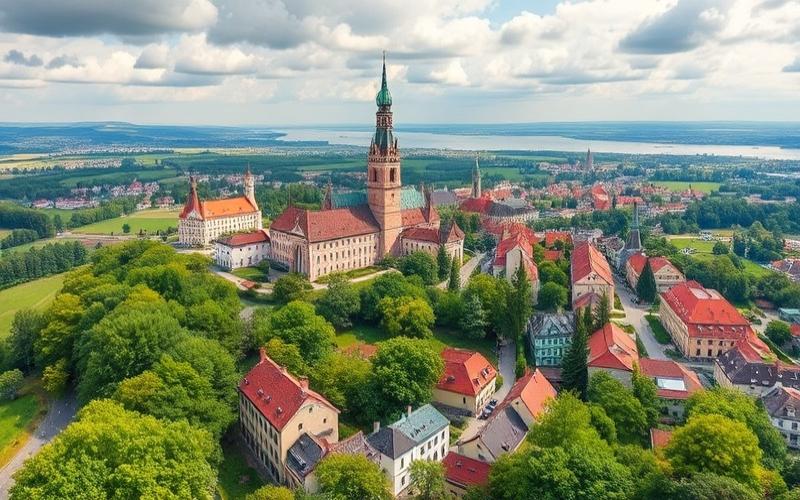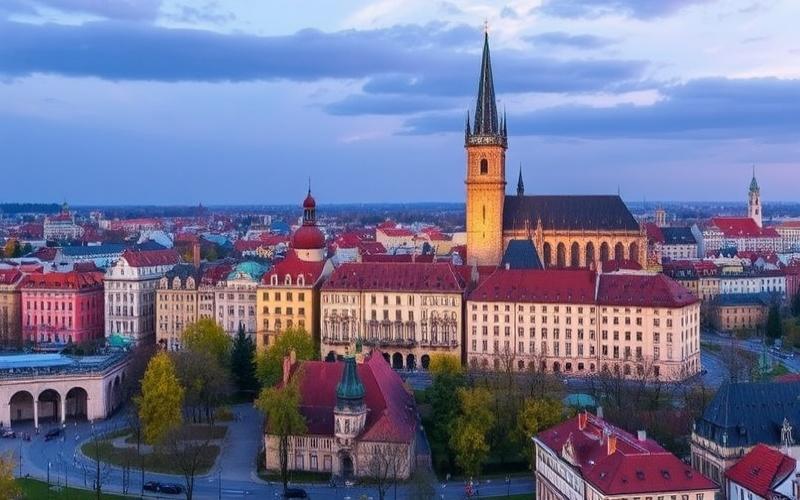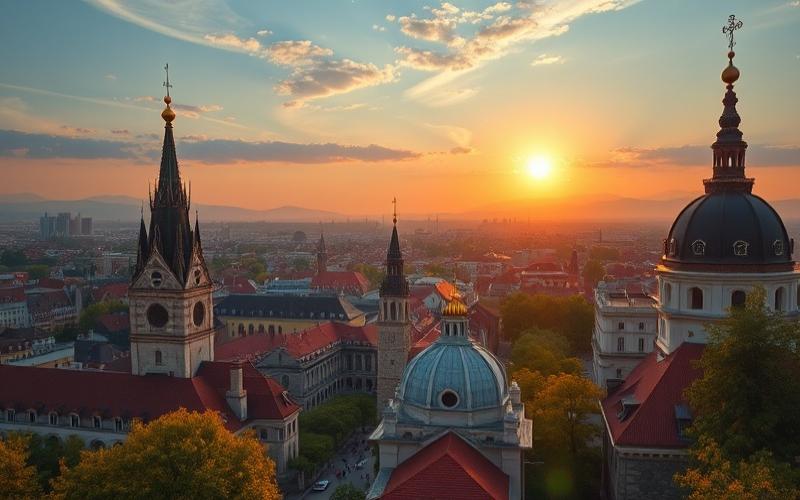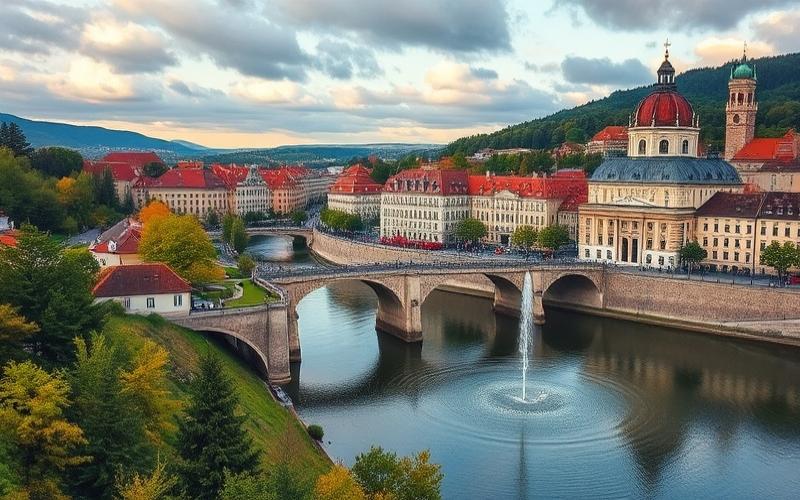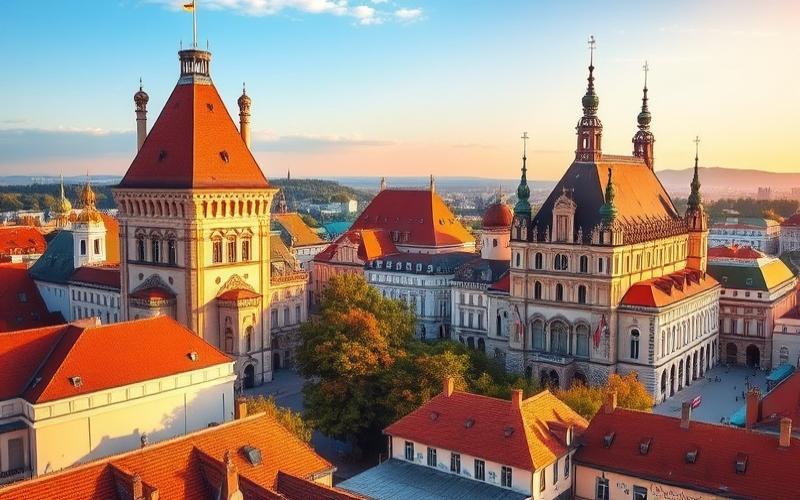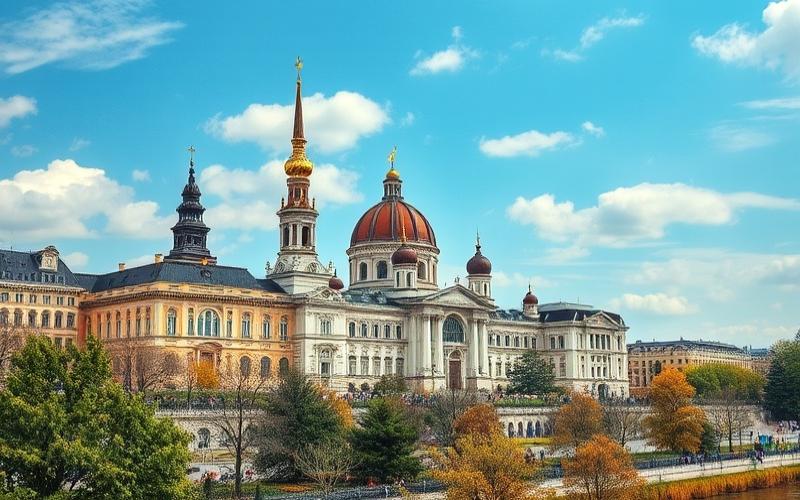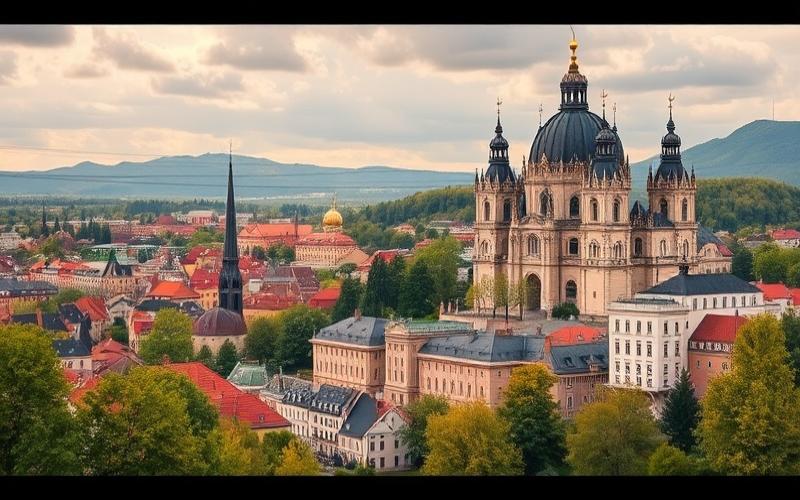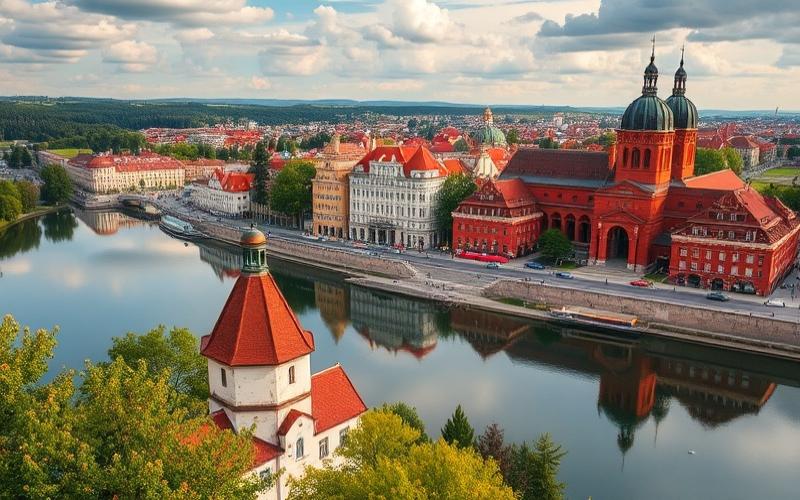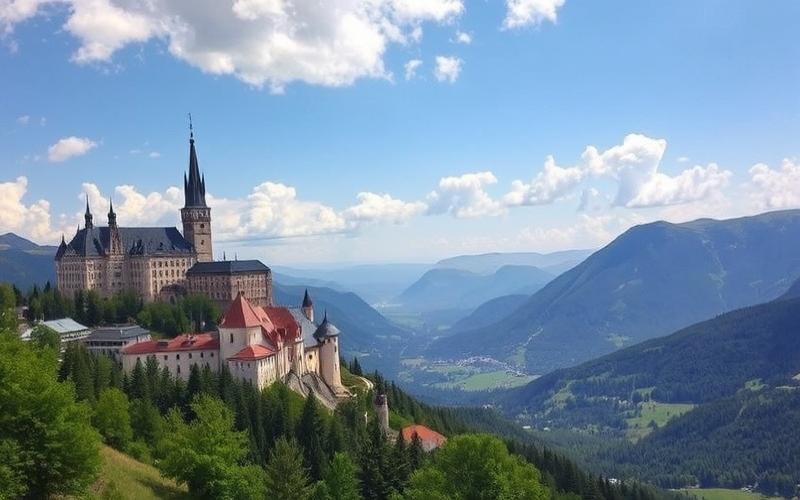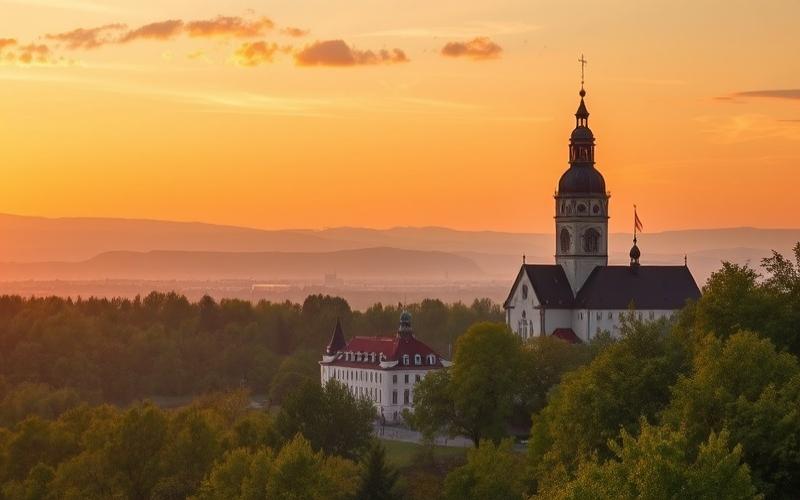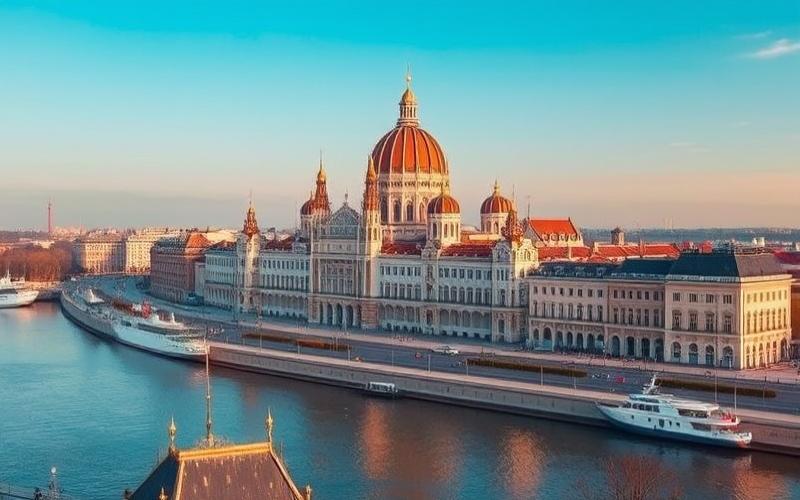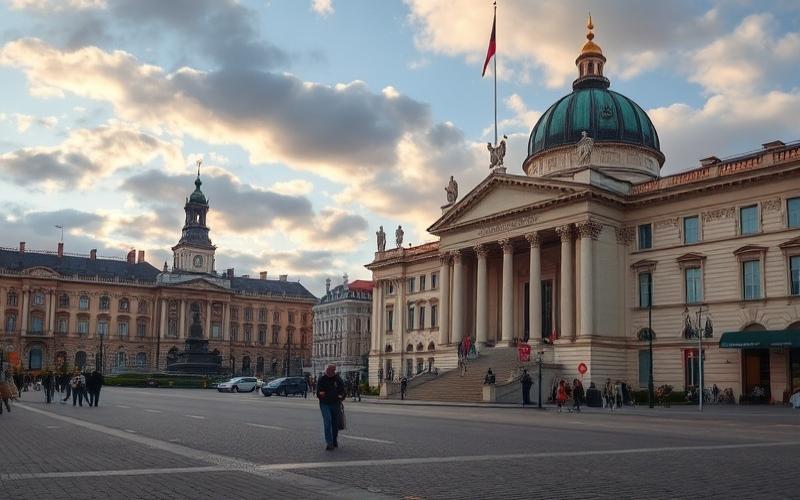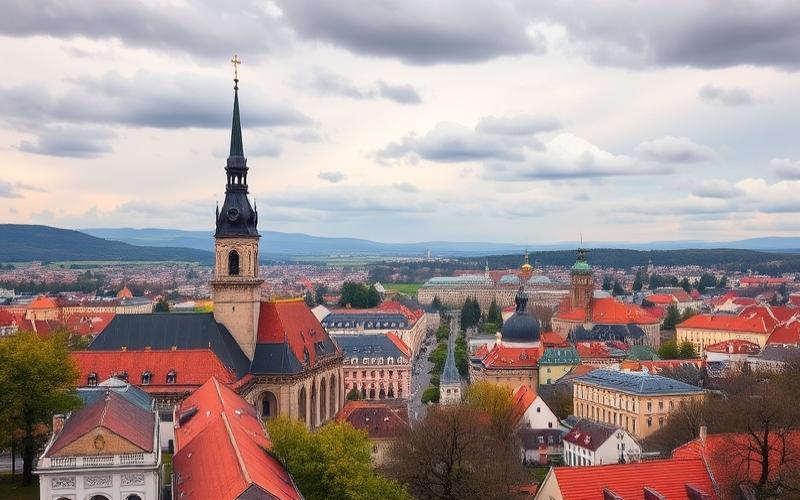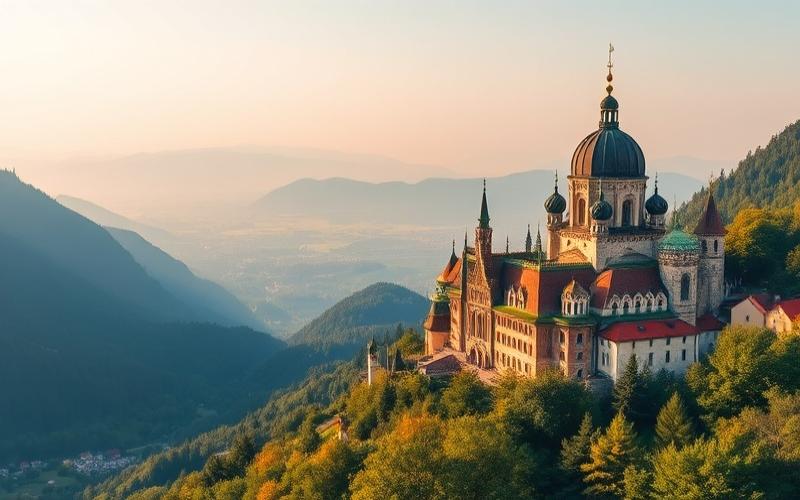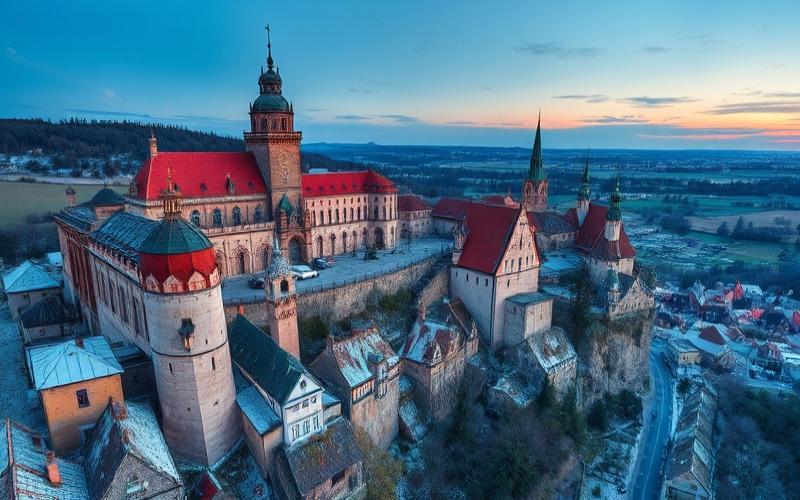
 Published on and written by Cyril Jarnias
Published on and written by Cyril Jarnias
As the world seeks more authentic experiences off the beaten path, the opportunity to invest in Poland’s picturesque villages proves particularly attractive for 2025. This country, rich in history and traditions, offers a range of opportunities for those wishing to leverage stable economic growth while preserving the charm of its small rural communities.
With support from the Polish government and growing interest in sustainable tourism, these villages are becoming hidden gems for savvy investors. Between cultural heritage and development potential, discovering the wonders of the Polish countryside has never been more promising.
Investment Opportunities in Authentic Polish Villages
Investment in Polish rural villages is experiencing new momentum, driven by the appreciation of their unique assets and favorable national policies. These locations are increasingly attracting investors through their authenticity and growth potential in real estate, green tourism, and sustainable agriculture.
Unique Assets of Polish Rural Villages:
- Preserved Natural Heritage: varied landscapes (lakes, forests), low urban density.
- Living Traditions: vernacular architecture, local gastronomy.
- Attractive Entry Costs for real estate compared to major cities.
- High Quality of Life, healthy and secure environment.
| Sector | Specific Opportunities | Concrete Examples |
|---|---|---|
| Real Estate | Renovation of historic farms, second homes, or seasonal rentals; high demand linked to growing remote work. | Development of rental markets near national parks. |
| Tourism | Agritourism (farm stays), ecotourism (hiking, cycling); local cultural festivals boosting tourist flows. | Ojców village near its namesake national park; notable visitor increase since 2023. |
| Sustainable Agriculture | Conversion to organic supported by public policies; diversification into local production or short supply chains. | Pilot projects in Kazimierz Dolny on certified organic agriculture. |
Concrete Example: Łobżenica (Greater Poland Voivodeship)
This village has benefited from significant investments in renewable energy through a partnership with Volta Polska:
- Installation of around a hundred photovoltaic panels on individual homes.
- Increased energy autonomy for the municipal company managing water and sanitation.
Result: lower local energy costs and creation of non-relocatable jobs.
Summary List – Potential Economic Benefits:
- Progressive real estate appreciation due to reverse urban influx (“return to the village”).
- Direct/indirect job creation in rural tourism and associated services.
- Agricultural diversification increasing resilience against global food market fluctuations.
Government Incentives / Available Subsidies
- Direct payments to farmers engaged in organic or sustainable agriculture via the 2023–2027 strategic plan.
- Financial support for innovative projects in bioeconomy or integrating advanced green technologies.
- Local subsidies targeting renewable energy or tourist infrastructure for both Polish and foreign investors.
List – Potential Challenges Encountered:
- Limited access to modern infrastructure (reduced public transport).
- Occasional lack of skilled labor outside peak agricultural seasons.
- Sometimes burdensome bureaucracy to obtain certain administrative permits or subsidies.
2025 Outlook
The trend is expected to accelerate under the combined effect of:
- Ambitious national objectives for organic agriculture,
- Incentive European policies,
- Increased post-pandemic pursuit of a sustainable lifestyle,
thus positioning these villages as regional drivers of balanced economic development between urban and rural areas.
Structured investments made today are set to play a key role in maintaining rural demographics while promoting an ecological transition beneficial to the entire Polish economy.
Good to Know:
In Poland, investment in authentic villages is booming thanks to positive trends like the rise of rural tourism, enthusiasm for sustainable agriculture, and growing demand for country homes. Localities like Zalipie, famous for its painted houses, have seen their local economies revitalized through funds invested in tourist infrastructure and real estate renovations. Real estate there remains affordable, offering an attractive financial opportunity, especially as the Polish government encourages these investments through subsidies, such as the “Village Renaissance” program, which supports both local and foreign investors. However, challenges remain, such as the need to improve transport infrastructure and digital access in these regions. By 2025, these investments will play a crucial role in modernizing Poland’s rural areas, propelling them as true engines of the country’s green economy.
Rural Real Estate in Poland: A Profitable Market
The rural real estate market in Poland has experienced sustained growth momentum since 2023, supported by several structural trends and favorable public policies. Several factors explain the growing interest in investing in rural areas, offering notable profitability potential through 2025.
Key Profitability Factors of Polish Rural Real Estate:
- Increased demand for spacious housing and natural environment, especially since the pandemic and the rise of remote work.
- Still affordable price levels in the countryside, compared to major cities where prices per m² now exceed 16,000 PLN in Warsaw or 15,000 PLN in Krakow.
- Government initiatives to support green real estate, with subsidies and incentive ecological standards.
- Rapid development of infrastructure and digital connectivity, enabling living and working remotely in previously isolated villages.
Recent Evolution of Rural Real Estate Prices:
| Rural Area (Voivodeship) | Average House Price 2025 (PLN/m²) | Annual Change (%) |
|---|---|---|
| Masovia (excluding Warsaw) | 4,500 – 6,000 | +6.2 |
| Lesser Poland (excluding Krakow) | 4,000 – 5,500 | +5.8 |
| Lower Silesia (rural) | 4,200 – 5,800 | +6.9 |
| Pomerania (rural) | 4,800 – 6,200 | +5.5 |
Demand Trends and Growing Attractiveness:
- Families seek properties with gardens, outdoor space, and possibilities for food self-sufficiency.
- Urbanites invest in secondary residences in the countryside, especially in picturesque regions near transport routes.
- The working population, including freelancers and remote workers, prefers villages with good fiber optics and digital services.
Government Initiatives and Incentives:
- Subsidies for energy renovation of buildings (insulation, solar panels, heat pumps).
- Assistance programs for first-time buyers in rural areas and tax relief for investments in green real estate.
- Plans to develop high-speed Internet connectivity in villages by the end of 2025.
Infrastructure Improvements and Digital Connectivity:
- Expansion of the fiber optic network in rural regions, aiming to cover over 90% of villages by 2025.
- Modernization of secondary roads and easier access to major urban areas.
- Deployment of digital public services and e-administration platforms for rural inhabitants.
Examples of Attractive Villages for Investment in 2025:
| Village or Region | Specific Assets |
|---|---|
| Kazimierz Dolny (Lubelskie) | Cultural tourism, heritage, fiber |
| Lanckorona (Lesser Poland) | Artistic village, near Krakow |
| Karpacz (Lower Silesia) | Mountain proximity, four-season tourism |
| Puszcza Białowieska (Podlaskie) | Preserved nature, ecotourism |
Growth Prospects by 2025:
- Expected price increase of 5 to 7% per year in attractive rural areas.
- Rise in the number of secondary residences and seasonal rentals.
- Enhanced capital gains potential due to price convergence with small towns and infrastructure development.
Rural real estate in Poland, supported by ecological transition, digital connectivity, and the appetite for space, is establishing itself as an asset class with high potential for savvy investors.
Good to Know:
The rural real estate market in Poland is expanding rapidly, with growing demand for more spacious properties outside urban centers, driven by the desire for a more peaceful living environment. Prices for rural land and houses are still relatively affordable compared to metropolises, while showing an upward trend since 2022. Regions like Podlasie and Masuria are emerging as hotspots for investments thanks to government initiatives that encourage local development, notably through subsidies and tax relief. Infrastructure development, including road modernization and improved digital connectivity in these regions, makes authentic villages more accessible and attractive to buyers. As Poland aims to expand its rural fiber optic network by 2025, localities like Kazimierz Dolny and Lanckorona, already known for their charm, become even more appealing to families and entrepreneurs considering life outside cities. These diverse dynamics make Polish rural real estate a promising choice for investors looking to benefit from rapid growth while enjoying the authentic charms of the Polish countryside.
Preserving the Authenticity and Heritage of Underestimated Regions
Preserving the authenticity and cultural heritage of Poland’s underestimated regions, particularly in traditional villages, is essential to maintain local identity, transmit ancestral know-how, and strengthen social cohesion. These villages embody a living memory through their wooden architecture, rural customs, craftsmanship, and folk festivals.
Potential Threats to This Authenticity:
- Rapid Modernization: introduction of contemporary constructions unsuited to local style; disappearance of traditional artisanal trades.
- Mass Tourism: pressure on natural and social environment; excessive commercialization of traditions that may lose their original meaning.
- Rural Depopulation: exodus of youth to cities leading to abandonment of old buildings and gradual loss of community fabric.
| Threat | Possible Consequences |
|---|---|
| Modernization | Architectural uniformity |
| Mass Tourism | Superficial folklorization |
| Depopulation | Degradation or abandonment of heritage |
Strategies for Balancing Economic Development and Cultural Conservation:
- Reasoned promotion of tourism (soft tourism) with limitation of tourist flows and valorization of authentic experiences (craft workshops, tours guided by locals).
- Support for local artisans via subsidies or cooperatives to perpetuate know-how.
- Controlled renovation respecting traditional architecture through adapted local urban plans.
- Educational awareness among the local population about heritage importance.
List of Concrete Strategies:
- Creation of living museums or cultural parks like the Korycin-Milewszczyzna Culture Park where ancient techniques and rural traditions are reenacted;
- UNESCO World Heritage inscription which brings international visibility but also imposes strict preservation guidelines (example: wooden architectural route in Małopolska with over 230 protected buildings);
- Regular organization of festive events rooted in the traditional calendar to ensure intergenerational transmission;
- Encouragement of return/settlement in these villages via attractive tax policies.
Successful Examples in Poland:
Zalipie
This village is famous for its houses decorated since the 19th century with a unique floral art transmitted by Felicja Curyłowa. Zalipie has preserved this tradition while cautiously integrating cultural tourism: a national competition held annually attracts visitors without distorting the local spirit thanks to strong community involvement.
Korycin
Located between primeval forests and protected natural areas, this commune focuses on its Polish rural identity—promoting traditional agriculture, local farmers’ markets, and a cultural park dedicated to age-old practices like artisanal weaving presented in educational workshops led by expert local women.
UNESCO-Listed Rural Churches (Małopolska)
Centuries-old churches built entirely of wood have been carefully restored under public supervision while remaining used for local worship.
Central Role of Local Communities & Authorities:
Effective initiatives almost always rely on:
- Active involvement of residents in all decisions regarding renovation or cultural activities
- A strong partnership between local/regional authorities (for funding/regulatory management)
- Relay associative structures capable of uniting volunteers around heritage
Economic & Social Benefits:
Positive outcomes include:
- Direct creation of sustainable jobs linked to responsible tourism
- Maintenance or even demographic revitalization thanks to renewed attractiveness
- Identity strengthening fostering local pride
- Additional income from artisanal/local sales
Preserving this heritage is not just an aesthetic issue but a societal one: it guarantees cultural continuity for future generations while paving the way for harmonious development adapted to regional specificities.
| Village | Preserved Heritage Element | Exemplary Action |
|---|---|---|
| Zalipie | Traditional Floral Decoration | Annual Competition & Workshops |
| Korycin | Living Cultural Park | Workshops & Educational Center |
| Haczów/Binarowa/Sękowa… | Historic Rural Churches/Houses | UNESCO Protection/Renovations |
Summary List – Observable Benefits When Heritage is Preserved:
- Enhanced Rural Economic Dynamics
- Living Intergenerational Transmission
- Sustainable Tourist Valorization Without Saturation
- Ecological Preservation Associated with Ancient Agricultural Practices
Good to Know:
Preserving the authenticity and cultural heritage of underestimated villages in Poland, such as Zalipie, famous for its painted houses, is crucial to maintaining local identity and stimulating sustainable economic development. Rapid modernization and mass tourism often threaten these treasures by standardizing cultural landscapes. A sustainable investment model involves initiatives that integrate local residents in decisions, respect traditions, and use local building materials. Successes of villages like Kazimierz Dolny, which combine architectural preservation and measured visitor reception, show that reconciling heritage protection and economic investments is possible. Local authorities and communities are essential to establish strong regulations, ensuring the conservation of traditions while benefiting from the economic returns of diversified cultural tourism. By preserving these treasures, not only is heritage protected, but villages benefit from the creation of local jobs and improved quality of life for residents.
Disclaimer: The information provided on this website is for informational purposes only and does not constitute financial, legal, or professional advice. We encourage you to consult qualified experts before making any investment, real estate, or expatriation decisions. Although we strive to maintain up-to-date and accurate information, we do not guarantee the completeness, accuracy, or timeliness of the proposed content. As investment and expatriation involve risks, we disclaim any liability for potential losses or damages arising from the use of this site. Your use of this site confirms your acceptance of these terms and your understanding of the associated risks.

